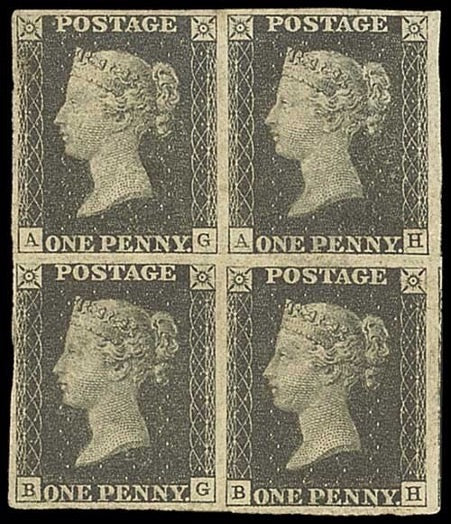
THE TOP FIVE... OLDEST STAMP ISSUES IN THE WORLD
The Top Five... Oldest stamp issues in the world
An uncountable number of stamps have been issued around the world - but which were the first?
Stamps as we know them date back to the 1830s, with Sir Rowland Hill's proposals to reform the British postal system in 1837. Prior to that it was normal for the recipient to pay postage on delivery and the system was difficult, expensive and open to fraud.
The idea of adhesive stamps as a form of pre-payment marked a landmark in communications around the world, with stamp-making picked up in every country on the face of the Earth. But some picked things up quicker than others. Here's a look at the first five issues of postage stamps.
The Penny Black and Two Penny Blue
Initially a competition was launched by the Treasury to find a design suitable for the new stamps, but no winner was declared asit wasconcluded that none were suitable.
Instead they made use of a design suggested by Hill himself, based on a profile of Queen Victoria, the image being of her when she was just 15 years old. All British stamps continue a tradition of presenting the monarch's head somewhere on the stamp.
Penny Black block of 4
The Penny Black and Two Penny Blue were released together (or at least within days of each other - there is some dispute over whether the Blue was fractionally later) at the start of May 1840. Roughly 68,808,000 Penny Blacks alone were released.
The New York Dispatch
Surprisingly, perhaps it was nearly two years before stamps were picked up in another country. That was the United States of America, but the stamps issued were not by any means for use all round the country.
Instead it was created by one Alexander M Greig of New York City, who issued stamps, bearing a portrait of Washington, printed from line engraved plates, and charged 2c only to carry letters anywhere in the city - or at least as far as 23rd street. The government charged 3c.
Greig established his postage stamp in February 1842. By August it had been sold into the government and became the United States City Dispatch Post. Greig was made a government officer, apparently as part of removing his annoying undercutting of the authorities.
The Zurich 4 and 6
Within days of Greig's postage stamp being absorbed by the government, a report was published in Switzerland - or rather the Swiss canton of Zurich - recommending a simplification of the postage system, which was as cumbersome as Britain's had been.
In March the following year, Zurich became continental Europe's first postal authority to issue postage stamps based on a design produced by a lithographer called Esslinger of Zurich.
The two stamps were valued at four and six rappen to cover postage rates within the city and outside it respectively. The design made things as clear as possible with large numeral appearing right in the centre of the stamp.
The Brazilian Bull's Eye
South America's first stamp issue was the fourth in the world, but in fact could have been its second with a law passed back in November 1841 allowing the Brazilian government to create stamps - some time before Alex Greig started annoying the authorities in New York.
In fact, the Brazilian Bull's Eyes were released on 1 August 1843, having face values of 30, 60, and 90 ris. Brazil was nevertheless the second country in the world, after Great Britain, to issue postage stamps valid within the entire country.
Brazilian Bullseyes
The name derives from the ornamental value figures inside the oval settings such that pairs of them could resemble a pair of bull's eyes.
In mint condition a 30 reis Bull's Eye stamp is worth around $5,000.
The Double Geneva
The second stamp issued in continental Europe was again in Switzerland. But interestingly the early proposal by Alphonse de Candolle makes no reference to events in Zurich if he had any knowledge of them.
Instead he had simply been examining the effects of stamp use by Britain, which he did not refer to in his report by name, but merely refers to it as the 'most mercantile nation in the world which knew best the value of time'.
The Double Geneva followed on Brazil's production closely with the first issuing taking place on September 30 1843. However only a few were successfully created and survive. Indeed, at one point it was thought the stamp was never issued and examples were forgeries.
A Double Geneva in good condition is now worth around 55,000 Swiss Francs (US$50,000).
